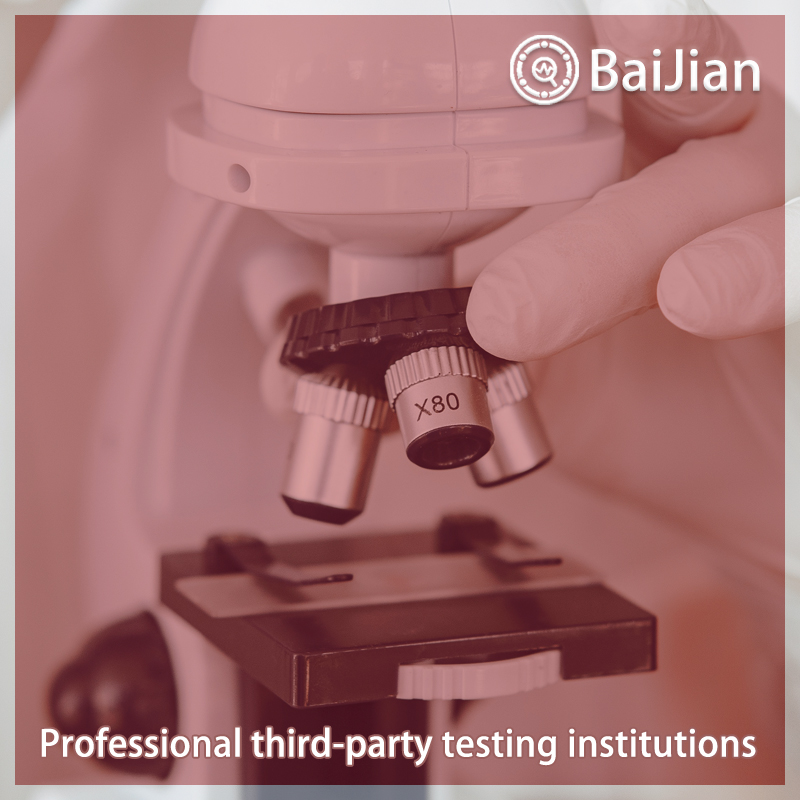
The design and selection of mixing devices are closely combined with the purpose of mixing operations. Various mixing processes require different mixing devices to operate. In the design and selection process, the mixer type, motor power, and mixing speed should be determined based on the purpose and requirements of the mixing operation in the process, and then the reducer should be selected
Safety requirements for electrical equipment for measurement, control, and laboratory use - Part 2: Special requirements for handheld and manually operated current sensors for electrical measurement and testing - Scope and purpose: Chapter 1 of GB 4793.1 applies except for the following. 1.1 Scope replacement: This part of GB4793 is applicable to handheld and manual current sensors. This type of current sensor is used to measure current without cutting off the current path of the circuit being tested. The current sensor can be independent or an accessory to other devices. The current sensor needs to be manually operated before or after measurement and testing, but it may not necessarily need to be handheld during measurement and testing. Type A current sensor: It should be able to clamp or remove on uninsulated hazardous live conductors. The handheld or manually operated part of the A-type current sensor should provide anti electric shock protection for the tested conductor, and in the normal state, it should also provide protection against short circuits between wires and busbars. B-type current sensor: It should be able to provide protection against short circuits between wires or busbars in the designated state, but the handheld or manual parts do not provide protection against electric shock. To avoid the risk of electric shock, additional protective measures need to be provided when using or moving current sensors to measure hazardous live conductors that are constantly electrified. Note: B-type current sensors include flexible current sensors. C-type current sensor: In the registered state, it cannot provide protection against short circuits between wires or busbars. The C-type current sensor can only be used or removed when non insulated hazardous live conductors are powered off. Note: The C-type current sensor category includes some split core transmitters
Function of testing report:
1. Project bidding: Issue authoritative third-party CMA/CNAS qualification report
2. Online e-commerce platform entry: Quality inspection report recognized by major e-commerce platforms 3. Used as a sales report: issuing legally effective testing reports to make consumers more confident 4. Papers and research: Provide professional personalized testing needs 5. Judicial services: providing scientific, fair, and accurate testing data 6. Industrial problem diagnosis: Verify the troubleshooting and correction of industrial production problemsBaijian and testing process:
1. Telephone communication and confirmation of requirements
2. Recommend solutions and confirm quotations 3. Mail samples and arrange testing 4. Progress tracking and result feedback 5. Provide reports and after-sales service 6. If urgent or priority processing is requiredTesting and testing characteristics:
1. The testing industry is fully covered, meeting different testing needs
2. Fully cover the laboratory and allocate localized testing nearby3. Engineers provide one-on-one services to make testing more accurate
4. Free initial testing, with no testing fees charged
5. Self service order delivery for free on-site sampling
6. Short cycle, low cost, and attentive service 7. Possess authoritative qualifications such as CMA, CNAS, CAL, etc 8. The testing report is authoritative and effective, and is generally used in China